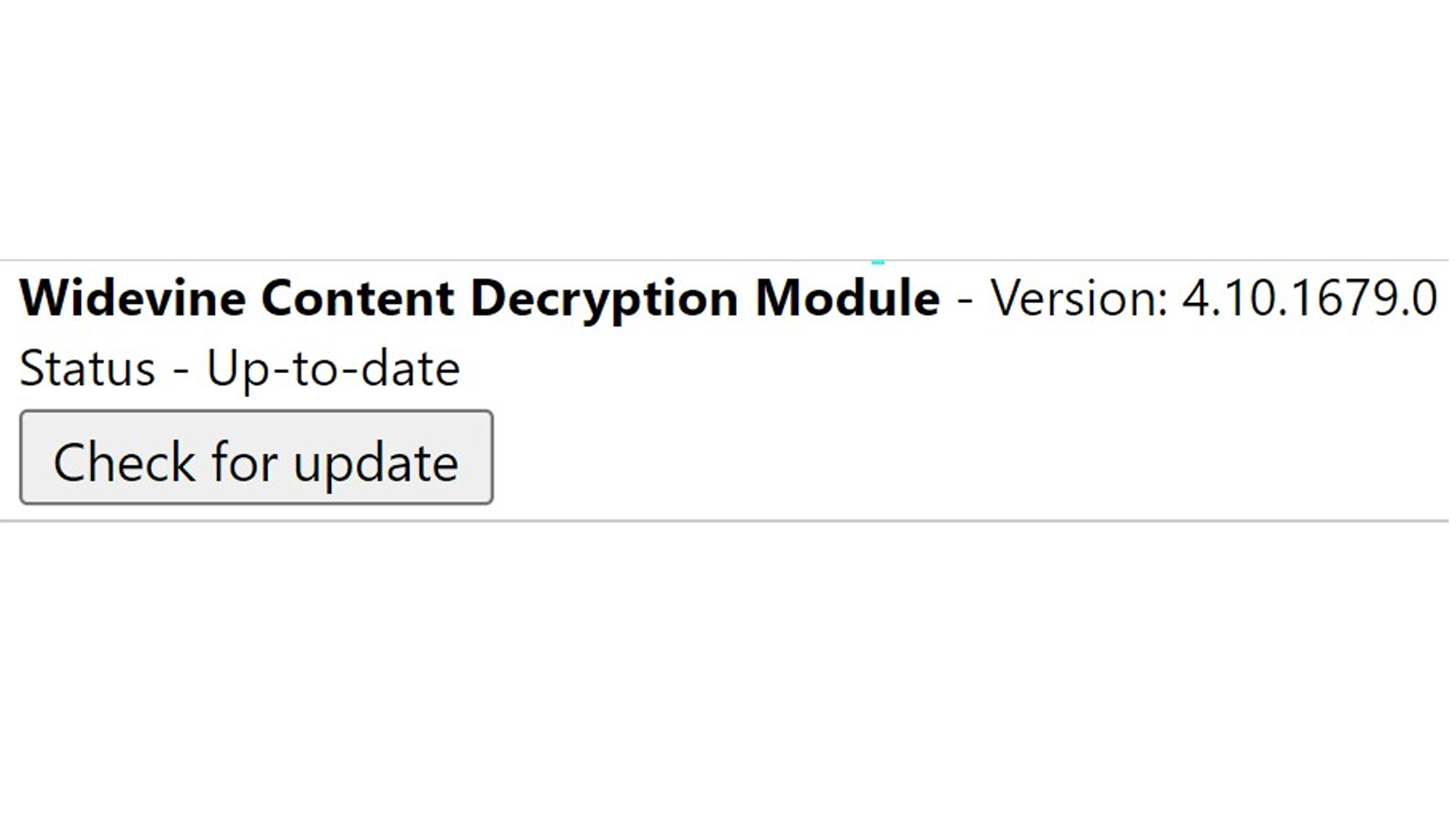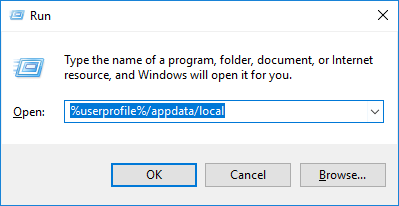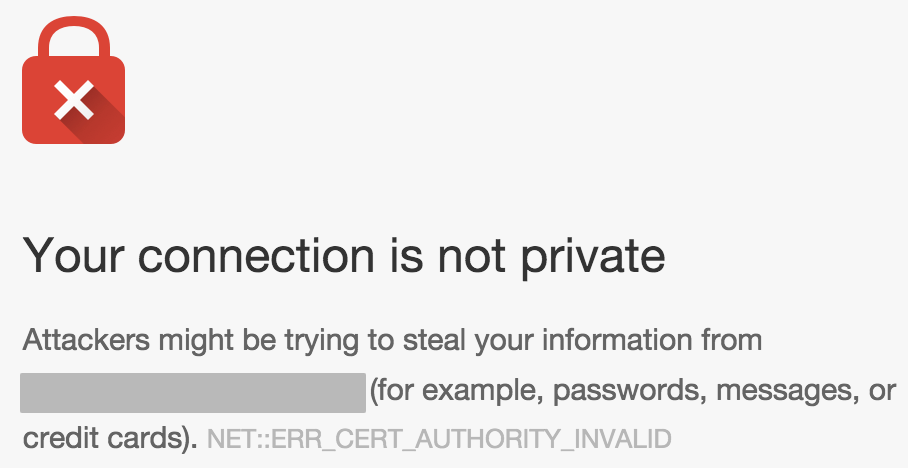

%USERPROFILE%\AppData\Local\Google\Chrome\User Data\default|Login Data And I found a lot of them stored in the Chrome password databases. During the investigations, I wrote a quick YARA rule to search for the suspicious accounts across files on the developers' computers. I'm involved in a security incident where some administrative accounts for web applications have been probably leaked. So they don't have to remember them, and they follow the golden rule that we, infosec people, are recommending for a long time: to not share passwords across services. But it is really safe? Modern Browsers offer lightweight password management tools ("vaults") that help users to save their passwords in a central repository. In the meantime, they remain the most common way to authenticate users against many online services.

a so hot topic! Recently big players (Microsoft, Apple & Google) announced that they would like to suppress (or, at least, reduce) the use of classic passwords. Below are the steps Chrome performs while storing the password (code snippets from chromium GitHub).Passwords. If we take an example of the most popular browser, Google Chrome, encrypted passwords are stored in the sqlite database file in “%APPDATA%\.\Local\Google\Chrome\User Data\Default\Login Data”. As can be seen from past attacks, adversaries are more curious now about browser data as it provides a wealth of information. NET steals browser stored credentials and financial information and checks for ke圓.db” “key4.db”, “logins.json”, and “cookies.sqlite in the Firefox user profile. Similarly, Vega Stealer which is written in. One of them is trickbot, which was updated last year and included a pwgrab32 (password grabber) module which checks for credentials, cookies, autofills from popular web browsers like Chrome, Firefox, Edge and Internet Explorer. In the past, few malware have boasted the capability to steal browser-stored credentials.

What’s worse? Usually people have the same password across multiple platforms, and adversaries can retrieve the credentials from the collected web browser data and attempt brute force attacks for different accounts. Yet, an adversary can place a backdoor and get access to a compromised computer to dump all the encrypted data stored in the web browser. Saving your login information can simplify the login process for frequently visited websites. Many popular Internet browsers provide users the ability to save login credentials, such as a username and password.


 0 kommentar(er)
0 kommentar(er)
